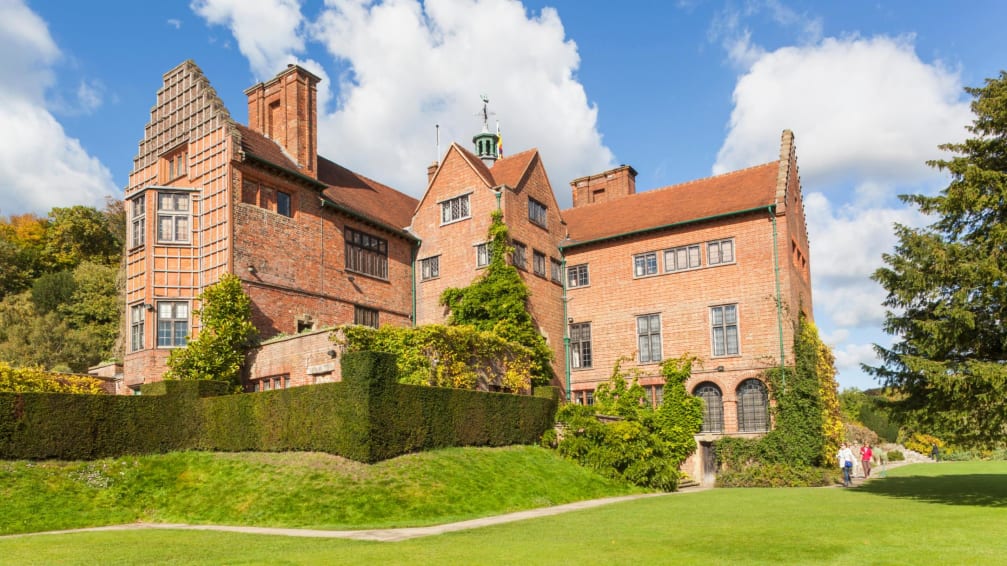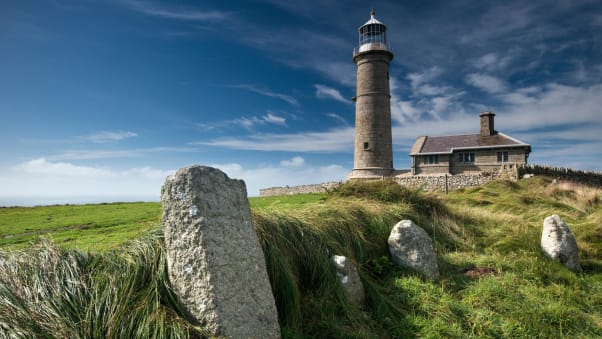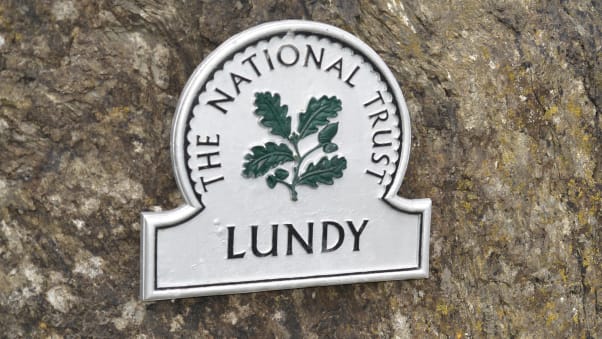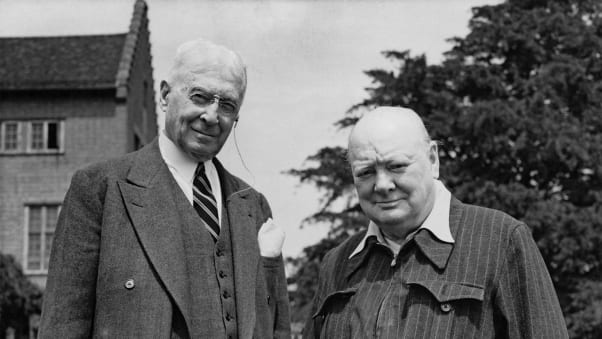 Chartwell, the home of Winston Churchill, is mentioned in the National Trust report.
–
Chartwell, the home of Winston Churchill, is mentioned in the National Trust report.
–
Joe Minihane, CNN • Updated 2020 Sep 27
–
Grand buildings replete with turrets, picture windows and kitchen gardens. Perfectly manicured lawns. And hundreds of rooms stuffed with antiques and objet d’arts from across the globe.
–
Few things are as quintessentially English as a stately home. Tourists love them. And they’re a guaranteed box office draw, as “Downton Abbey” and “Pride and Prejudice” can attest.
But there’s a more disturbing side.
–
Many of these country estates are indelibly linked to brutal legacies of slavery and colonialism. And while their grim origins may have been previously overlooked, they’re now facing a new level of scrutiny that — amid raging debates over how Britain reckons with its imperial past — has exploded into its own cultural conflict.
–
Published this month, the report identifies 93 places, roughly one third of all of its properties, that it says were built, benefited from or connected to the spoils of slavery and colonialism.
–
They include Chartwell, Winston Churchill’s former home in the southeastern county of Kent, Devon’s spectacular Lundy Island, where convicts were used as unpaid labor and Speke Hall, near Liverpool, whose owner, Richard Watt traded rum made by slaves and purchased a slave ship in 1793 that trafficked slaves from Africa to Jamaica.
–
Some 29 properties were found to have benefited from compensation after owning slaves was abolished in Great Britain in 1837, including Hare Hill in Cheshire, where the owners, the Hibbert family, received the equivalent of £7 million ($8.8 million) to make up for the loss of slaves.
–
“At a time when there’s an enormous interest around colonialism more broadly and indeed slavery more specifically, it felt very appropriate, given that we care for so many of these places of historical interest, to commission a report that looks right across them and try to assess the extent of those colonial legacies still reflected in the places we look after today,” says John Orna-Ornstein, the National Trust’s director of culture and engagement.
–
Not everyone agrees. And in some cases the response has been one of indignation and fury.
–
‘Shameful manifesto’
 Lundy Island, a National Trust property in the Bristol Channel, where convicts were used as unpaid slave labor. Alamy
Lundy Island, a National Trust property in the Bristol Channel, where convicts were used as unpaid slave labor. Alamy
–
When the National Trust first trailed its report and highlighted the connections on Twitter to mark UNESCO’s Day for Remembrance of the Slave Trade and its Abolition, there was an inevitable backlash.
–
Replies to a Twitter thread that detailed how mahogany felled by enslaved Africans was used to build furniture for stately homes in the 18th century were swift in their disdain.
–
One complained, “
Are you for real?” Others said they were canceling their National Trust membership in protest, saying the past couldn’t be changed and that historical buildings were there to be enjoyed, no matter their past.
–One said they did not want the National Trust to “
ram it down our throats,” while others talked darkly of “history being erased.” Opinion pieces in newspapers decried supposed attempts by the Trust to somehow talk Britain down by revealing the truth about its past.
–Former newspaper editor Charles Moore,
writing in the right-leaning Spectator magazine, accused the Trust of creating a “shameful manifesto” that rejects objectivity in favor of a binary interpretation of history designed to make its members “ashamed to be British.”
–The report’s mention of revered wartime leader Winston Churchill in connection with contentious colonial era governance has drawn particular ire.
–
Oliver Dowden, the UK’s culture minister, told the Daily Telegraph newspaper the organization should focus on “
preserving and protecting” British heritage.
–“Churchill is one of Britain’s greatest heroes,” he told the paper. “He rallied the free world to defeat fascism. It will surprise and disappoint people that the National Trust appears to be making him a subject of criticism and controversy.”
–
For its part, the National Trust says that it is merely providing added historical context.
–
“The role of the National Trust is a very clear one,” says Orna-Ornstein. “Our role is to be as open and honest as we can, to tell the full history of the places and collections that we care for and to not do more than that.”
–
Despite threats online to cancel memberships these have remained steady and many people have expressed interest in hearing more about these connections, he says.
–
‘Part of history’
 The National Trust has identified 93 estates or properties with links to slavery or colonialism. Shutterstock
The National Trust has identified 93 estates or properties with links to slavery or colonialism. Shutterstock
On both sides, the debate is passionate and, to some extent, polarized.
–
“I’m confused by the response of some people saying that they’re erasing history,” says freelance journalist and commentator Seun Matiluko, who has written extensively about the issue.
–
“It’s not like they’re taking anything away; they’re just saying that this is part of history and they’re adding context to a particular artifact. It’s adding something. I struggle to find a way to be offended by it.”
–
Matiluko believes that it’s vital that the National Trust doesn’t find itself dragged into an online debate about its report. “It’s important for them to listen to what their board and members are saying and not focus too much on social media,” she says.
–
“It’s a little bit surprising that anybody would have any response to this because it seems to be a very non-controversial thing to talk about,” says Trevor Burnard, a professor specializing in slavery and emancipation at the UK’s Hull University. “We’ve known for a very long time that Britain was heavily implicated both in slavery and in its abolition.
–
He says the Trust’s report not only gives vital context to these buildings and estates, but makes them more interesting.
–
“I think we’ve moved a long way from hiding things about the past to preserve some kind of propriety that no longer exists,” he says.
–
“And as long as it’s not done didactically — we shouldn’t expect people in the past to have attitudes that correspond to our own — it seems to me any organization should be looking at its history in a wider perspective than sometimes is currently done.”
–
Anshuman Mondal, professor of modern literature at the University of East Anglia, feels the National Trust’s report and the reaction to it, speak to a lack of racial literacy in Western countries. He also believes the connections run even deeper than the Trust’s report says.
–
“A headline figure might say one thing, but nearly every country house built in that period had some relationship to the wealth generated by slavery,” he says. “And not just slavery but by both, firstly, mercantile colonialism and, secondly, territorial imperialism.
–
‘We should be embarrassed’
 Speke Hall, near Liverpool, was owned by a slave trader. Alamy
Speke Hall, near Liverpool, was owned by a slave trader. Alamy
Mondal criticizes the arguments of some who say that Britons are being unfairly made to feel embarrassed about their history.
–
“I think we should be embarrassed about it,” he says. “We should be ashamed of it. Now obviously this doesn’t mean you then try to forget about it, but the attitude you take to the past is the key question. If you say we shouldn’t be embarrassed about it, well, what are people really saying? We should be proud of these people?”
–
Orna-Ornstein says that while he was shocked at the scale of the links between properties and slavery, especially Hare Hill, it’s not hugely surprising that such links exist in the first place.
–
Related content
Lost slave history of Cape Verde is being unearthed
–
“When you think that a lot of the places that the National Trust cares for saw their greatest development in the 17th, 18th and 19th centuries… a period when colonialism was absolutely intertwined with society and the world was becoming increasingly international and a part of that international trade was through colonial relationships, in that sense it is much less surprising.”

Anti-racism protesters have recently torn down a statue of 17th century slave owner Edward Colston in Bristol, United Kingdom.
–
Mondal believes that the National Trust’s report, coupled with Black Lives Matter and other movements looking to bring down statues of slave owners in the UK, reflect a wider point.
–
“If you think about indirect links to slavery, our entire society is structured by that,” he says.” The Industrial Revolution was made possible by the profits [from] slavery.”
–
Speaking about the negative reaction on social media, Seun Matiluko says it reveals “that some people are scared of approaching history that might make them look bad.”
–
‘Rational conversations’
 The report’s mention of Winston Churchill, right, pictured here at his Chartwell home, has sparked outrage. Central Press/Hulton Archive/Getty Images
–
The report’s mention of Winston Churchill, right, pictured here at his Chartwell home, has sparked outrage. Central Press/Hulton Archive/Getty Images
–
She argues that such attempts to reckon with the past are not exercises in dismantling national pride.
–
“At this point, to move forward, we just need more rational conversations and not to get stuck in the binary of ‘Britain’s good or Britain’s bad.’ Just say ‘this is what happened’ and ask ‘how do we feel about it?'”
–
The National Trust has already started acting on the report and making the historic links between its places and slavery and colonialism clearer. “We’ve already updated interpretations on our website or in the places themselves, about 30 so far,” says Orna-Ornstein. “Over time, we plan to do that more widely.”
–
He also highlights an existing project, Colonial Countryside, run in conjunction with the University of Leicester, that aims to educate younger people about the links between the British Empire’s colonies, slavery, oppression and the homes that were built as a result.
–
The places themselves aren’t changing. The houses will still be opulent. The gardens perfectly tended. The atmosphere as English as afternoon tea and complaining bitterly about the weather.

 Lundy Island, a National Trust property in the Bristol Channel, where convicts were used as unpaid slave labor. Alamy
Lundy Island, a National Trust property in the Bristol Channel, where convicts were used as unpaid slave labor. Alamy The National Trust has identified 93 estates or properties with links to slavery or colonialism. Shutterstock
The National Trust has identified 93 estates or properties with links to slavery or colonialism. Shutterstock









